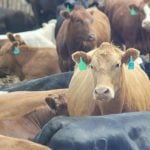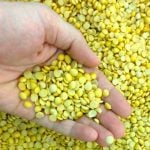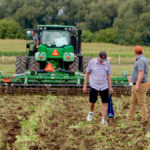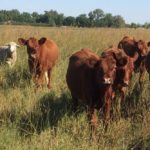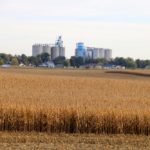Chicago | Reuters — Bayer launched a pilot program in the United States and Brazil on Tuesday that will pay farmers for capturing carbon in cropland soils, making it the latest agriculture company to capitalize on environmental initiatives. The company seeks to enroll about 1,200 row crop growers in its Bayer Carbon Initiative in the
